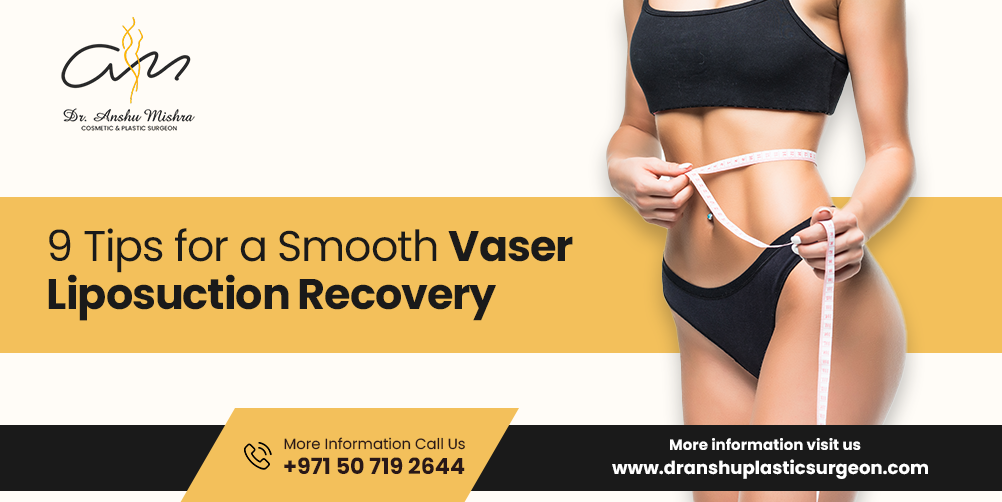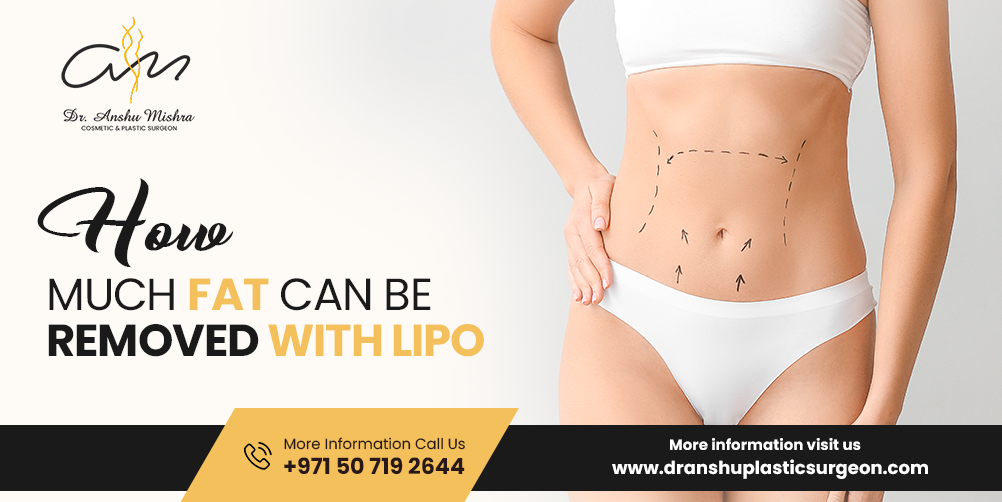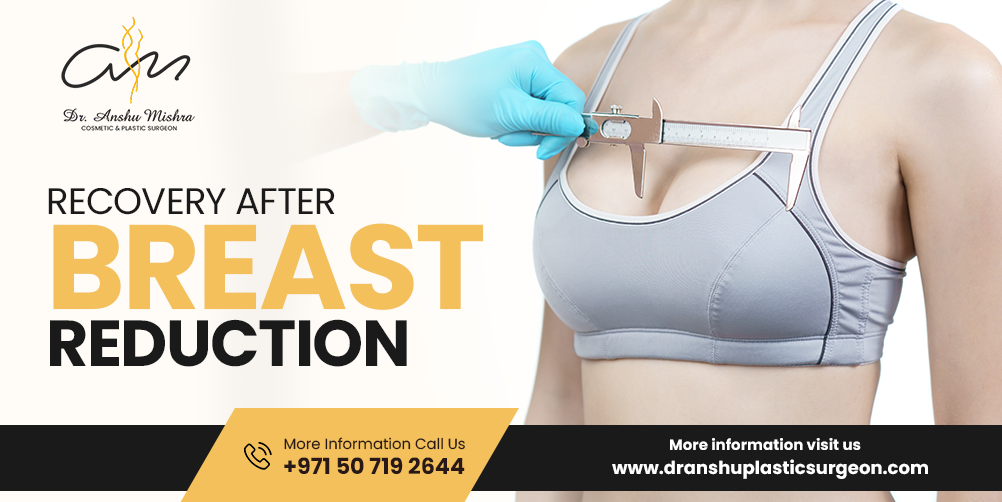Breast Reduction surgery, a trans formative procedure aimed at reducing breast size, reshaping the breasts, and alleviating physical discomfort, has been gaining popularity in recent years. For many individuals burdened with overly large breasts, this surgery offers not only relief from chronic back pain and shoulder grooving but also a significant boost to self-esteem. In this blog, we will delve into the crucial aspects of breast reduction surgery, including the recovery process, associated costs, and potential risks. If you’re considering this life-changing procedure, read on to gain valuable insights and make an informed decision.
Table of Contents
ToggleUnderstanding Breast Reduction Surgery
Breast reduction surgery, also known as reduction mammoplasty, is a surgical procedure performed to remove excess breast tissue, fat, and skin to achieve a proportional and more comfortable breast size. The surgery is typically recommended for individuals with disproportionately large breasts, a condition known as macromastia or gigantomastia. Besides the physical strain, overly large breasts can take a toll on one’s emotional well-being, leading to body image issues and reduced self-confidence.
Breast reduction surgery offers a solution to these challenges, improving both physical and psychological health. The decision to undergo this procedure is often motivated by the desire to restore a more balanced figure and experience freedom from the daily discomforts caused by heavy breasts.
The Recovery Process
The post-operative period is a critical phase of breast reduction surgery. Following the surgeon’s post-operative instructions diligently is key to a smooth recovery and optimal results. Let’s take a closer look at what to expect during the breast reduction recovery process and how to make the journey as comfortable as possible:
Follow Doctor’s Orders
Your surgeon will provide detailed post-operative instructions tailored to your specific case. These instructions may include wound care, medication schedules, and wearing compression garments. Strictly adhering to these guidelines will promote proper healing and minimize potential complications.
Pain Management
It’s normal to experience some discomfort and pain during the initial days after surgery. Your surgeon will likely prescribe pain medications to help manage the discomfort. Taking the prescribed medications as directed is essential to stay ahead of the pain and ensure a more comfortable breast reduction recovery.
Manage Swelling
Swelling is a natural part of the healing process. To reduce swelling, it’s essential to keep your upper body elevated when resting or sleeping. Also, avoid activities that may exacerbate swelling, such as bending or lifting heavy objects.Wearing compression garment after the procedure also helps in reducing the swelling.
Ice Packs
Applying cold packs to the breasts can provide significant relief from swelling and discomfort. However, remember to wrap the ice packs in a soft cloth before applying them to your skin to avoid frostbite.
Stay Hydrated and Eat Nutritious Food
Proper hydration and a balanced diet are essential for the body to heal efficiently. Drinking plenty of water and consuming nutrient-rich food aid in the recovery process and support your overall well-being.
Avoid Strenuous Activities
During the initial recovery phase, it’s crucial to avoid any strenuous activities that could strain your healing tissues. Follow your surgeon’s guidance on when it’s safe to resume normal activities and exercise routines.
Gradual Return to Physical Activity
As your surgeon permits, reintroduce light activities like gentle walking into your daily routine. Pay close attention to your body’s signals and avoid overexertion.
No Smoking or Alcohol
Refrain from smoking and consuming alcohol during the recovery period, as they can impede the healing process and increase the risk of complications.
Costs of Breast Reduction Surgery
The breast reduction surgery cost can vary significantly depending on several factors. The location of the surgical facility, the surgeon’s expertise, and additional expenses like anesthesia and post-operative consultations all contribute to the overall cost.
The average cost of breast reduction surgery in Dubai is between 35,000 AED to 45,000 AED. It’s essential to consult with your surgeon to determine the precise cost based on your individual needs.
Potential Risks and Complications
Like any surgical procedure, breast reduction surgery carries potential risks and complications. These risks in breast surgery can include infection, scarring, asymmetry, and changes in nipple sensation. Although rare, more severe complications like blood clots, adverse reactions to anesthesia, and delayed wound healing are also possible.
To minimize these risks in breast surgery, it’s crucial to select a board-certified plastic surgeon with extensive experience in performing breast reduction surgeries. Your surgeon will discuss these risks during your consultation and provide you with all the necessary information to make an informed decision about the procedure.
Conclusion
Breast reduction surgery offers a life-changing opportunity for those struggling with the physical and emotional burden of overly large breasts. The breast reduction recovery time is crucial as it demands patience, adherence to post-operative instructions, and self-care. By following these breast reduction recovery tips, you can increase the likelihood of a smooth healing journey.
While the costs and potential risks are essential considerations, the profound positive impact on physical well-being and self-confidence makes breast reduction surgery a compelling option for many individuals. If you are considering this procedure, consult with Dr. Anshu Mishra, a board-certified plastic surgeon to discuss your unique needs and embark on the path toward a happier, healthier you. Remember, a brighter future awaits you after breast reduction surgery.















